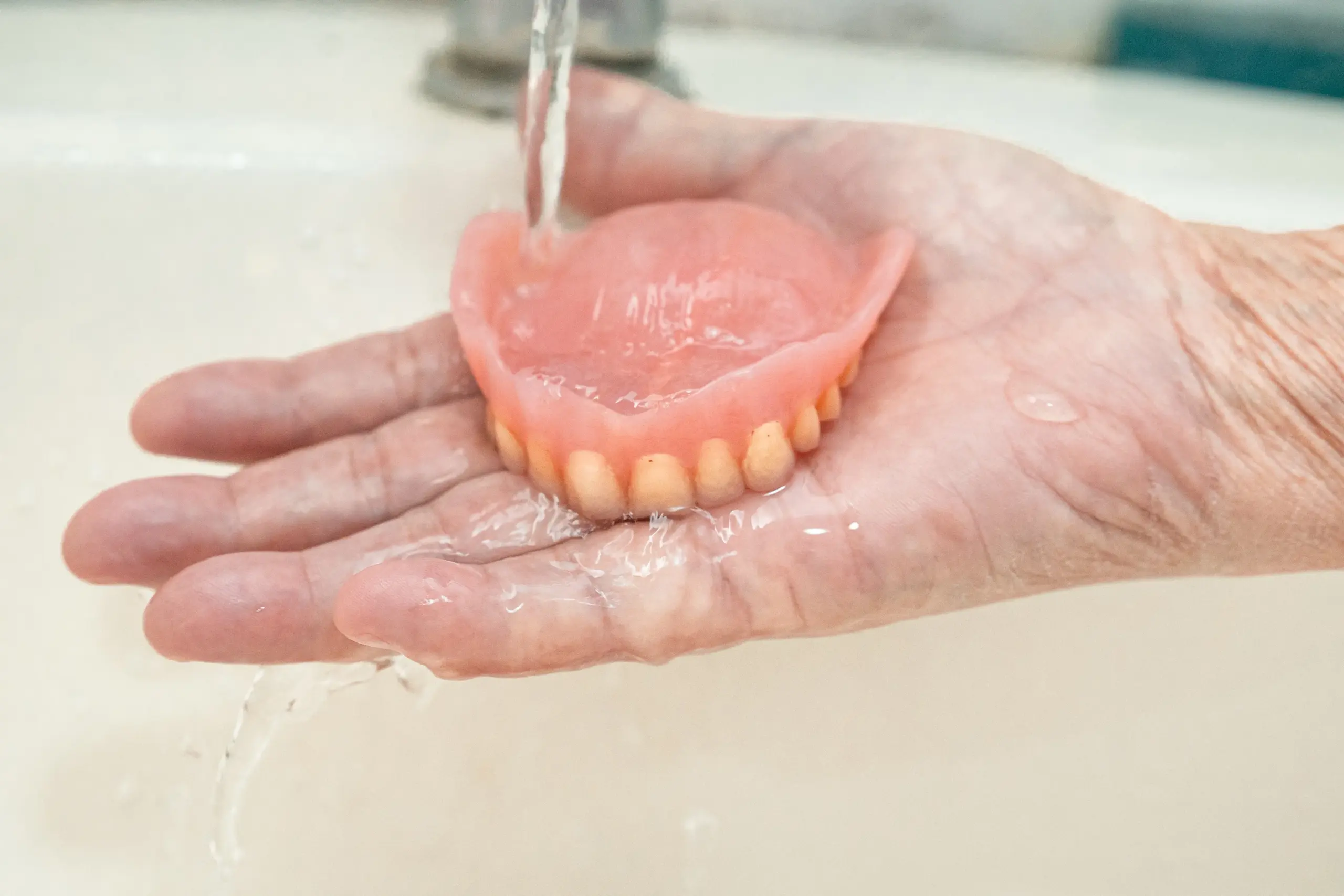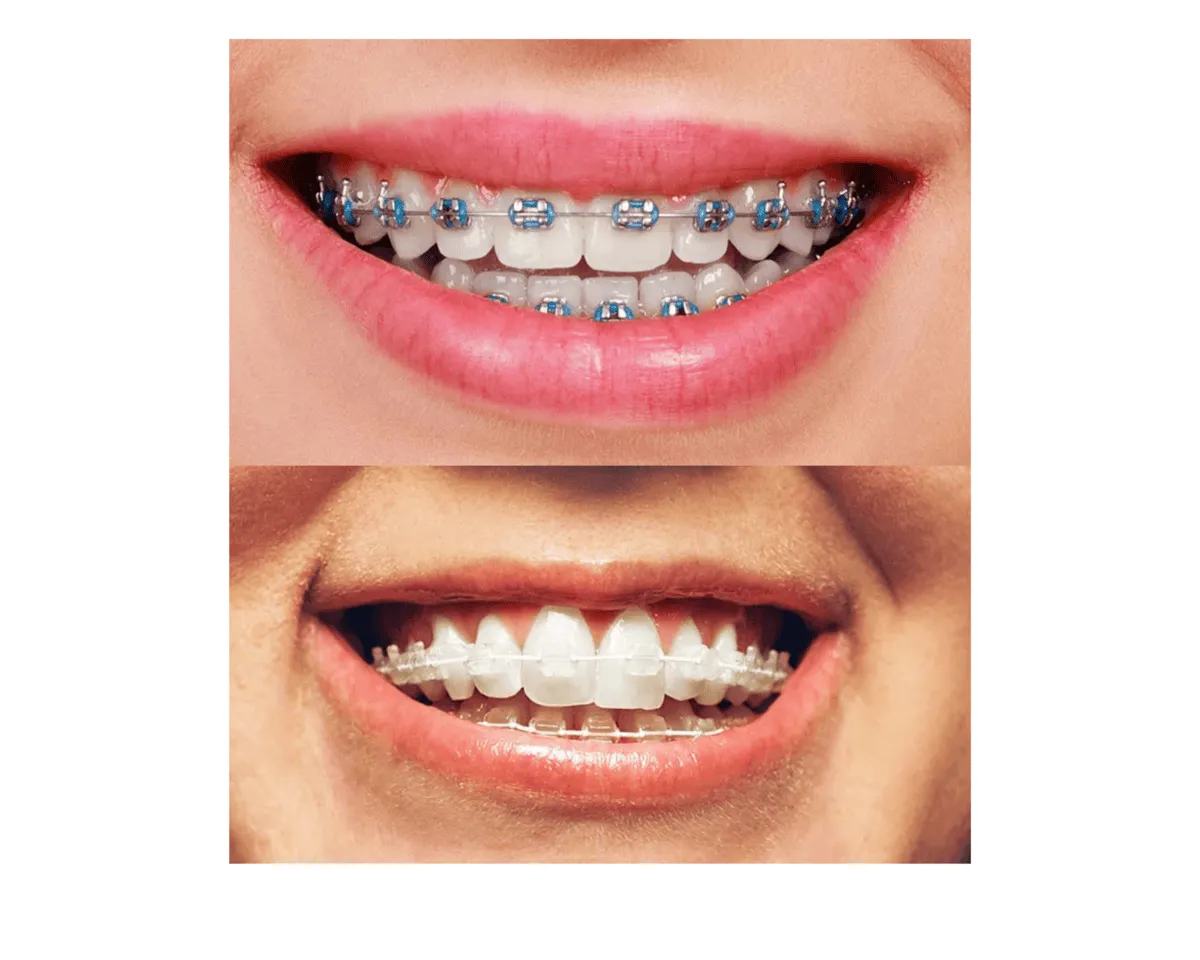Achieving a confident, natural-looking smile no longer requires extensive dental work. For many patients, nanofill composite bonding offers a minimally invasive way to restore or enhance teeth with impressive results.
But what is nanofill composite bonding, and how does it differ from traditional methods?
Let’s explore this innovative treatment and its benefits, guided by clinical best practices and real-world outcomes.
What Is Nanofill Composite Bonding?
Nanofill composite bonding is a cosmetic dental procedure using a composite resin made of ultra-fine, nano-sized filler particles (1 to 100 nanometres). This material allows for:
- A smooth, enamel-like finish
- Greater polishability than traditional bonding
- Enhanced resistance to wear and stains
This form of bonding is especially popular for front-tooth restorations, offering a near-invisible appearance with natural translucency.
How Nanofill Composite Bonding Works
Step-by-Step Procedure
While the technique closely mirrors traditional composite bonding, nanofill bonding sets itself apart with its superior material finish.
The typical procedure includes:
- Gently roughening the surface of the tooth
- Applying a liquid adhesive
- Moulding the nanofill resin into the desired shape
- Hardening the resin using a curing light
- Polishing to achieve a natural gloss
This can often be completed in a single visit, depending on the number of teeth being treated.
Who Is an Ideal Candidate for Nanofill Bonding?
Nanofill bonding is ideal for patients with minor aesthetic concerns. It’s a solution for:
- Chipped or cracked teeth
- Discoloured patches
- Small gaps between teeth
- Uneven or short tooth shapes
It is not generally recommended for individuals who grind their teeth excessively or require extensive structural corrections.
Why Material Choice Matters in Composite Bonding
Understanding what is nanofill composite bonding also means understanding what sets it apart at a molecular level.
Benefits of Nano-Sized Particles
Nanofill composites contain only ultra-fine particles, offering:
- High-gloss finish that reflects light like natural enamel
- Smooth surface texture for better aesthetics
- Improved stain resistance compared to hybrid composites
- Increased durability, reducing the likelihood of chipping
These characteristics make nanofill bonding especially appealing for cosmetic improvements in visible areas.
Comparing Nanofill vs Nanohybrid Composites
Choosing between nanofill and nanohybrid bonding materials depends on where the restoration is placed and its functional demands.
Key Differences
Nanofill Composites:
- Exclusively nano-sized fillers
- Ideal for front teeth
- Higher polishability and natural appearance
Nanohybrid Composites:
- Blend of nano and micro-sized fillers
- Better suited for molars
- Slightly more durable under pressure, but less aesthetic
Aesthetic Advantages of Nanofill Composite Bonding
When it comes to smile enhancements, nanofill bonding excels in visual appeal.
Aesthetic Highlights
- Mimics enamel’s translucency and gloss
- Blends seamlessly with natural tooth shades
- Customisable for shape, length, and colour
The result is a subtle yet significant transformation that’s hard to detect, even close up.
Longevity of Nanofill Bonding
Patients often ask how long nanofill bonding lasts. With proper care, results can be maintained for up to 8 years.
Factors That Affect Longevity
- Quality of application and materials
- Oral hygiene and lifestyle choices
- Location of the bonded tooth
- Frequency of dental check-ups and polishings
This treatment may require occasional touch-ups, but with mindful maintenance, it can serve as a long-term solution.
Caring for Your Bonded Teeth
While nanofill composites are durable, maintaining their appearance and function requires some daily habits.
Maintenance Tips
- Brush twice daily using a soft-bristled brush
- Avoid abrasive whitening toothpastes
- Reduce intake of staining substances like red wine and coffee
- Wear a night guard if prone to grinding
- Attend regular check-ups and hygiene appointments
These steps will help preserve the bond’s integrity and keep your smile looking its best.
What Is Nanofill Composite Bonding Priced At in the UK?
Costs vary by region, practitioner experience, and the number of teeth involved.
Typical UK price range:
- £150–£300 per tooth
- £1,200–£3,000 for multiple teeth in a smile makeover
Some practices offer interest-free payment plans to spread out the cost, especially for cosmetic bundles.
Nanofill Composite Bonding vs Porcelain Veneers
While both treatments are used to improve appearance, their structure and application differ considerably.
Side-by-Side Comparison
| Feature | Nanofill Bonding | Porcelain Veneers |
| Invasiveness | Non-invasive | Requires enamel removal |
| Lifespan | 5–8 years | 10–15 years |
| Repairability | Easily reworked | Full replacement needed |
| Appointment time | Typically one visit | Two or more visits |
| Cost per tooth | More affordable | Higher upfront cost |
Bonding is often a preferred option for younger patients or those not ready to commit to permanent restorations.
Are There Any Drawbacks?
Like all treatments, nanofill bonding has limitations.
Considerations to Keep in Mind
- Can chip under heavy force or habitual grinding
- Slightly less durable than porcelain or ceramic
- Not ideal for significant bite adjustments
- May require periodic polishing to maintain shine
Discussing these points with a qualified clinician ensures a realistic and informed decision.
Questions to Ask Before Going Ahead
Being well-informed before treatment can help align expectations.
Ask your dentist:
- Is this material suitable for my aesthetic goals?
- What can I realistically expect in terms of appearance?
- Will bonding affect my bite?
- What does long-term maintenance involve?
- Are there patient case studies or photos I can view?
This clarity makes for a smoother treatment experience and better results.
Final Thoughts
So, what is nanofill composite bonding in everyday terms? It’s a refined method of dental restoration that improves aesthetics while preserving your natural teeth. By using nano-sized particles, this treatment achieves a remarkable finish with minimal invasion—ideal for correcting minor imperfections, gaps, or discolouration.
Whether you’re preparing for a special event or simply want to smile with more confidence, nanofill bonding offers a flexible, affordable option.
Birchgrove Dental offers individualised care plans for patients exploring cosmetic improvements, combining clinical skill with a friendly, down-to-earth approach.
To find out if nanofill bonding could be right for you, book a consultation with Birchgrove Dental and take the next step towards a naturally confident smile.




